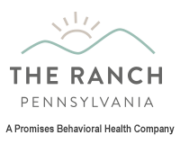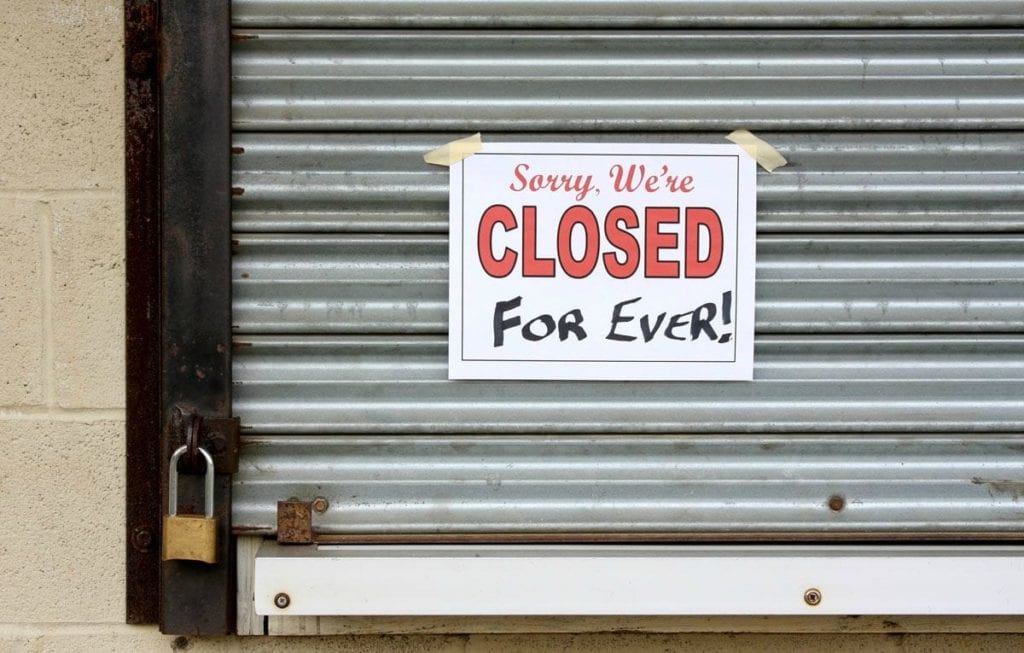Designer drugs (or legal highs) have presented a legislative challenge since they first appeared on the market, but the U.K. is looking to defeat the designer drug trade with sweeping legislation that will cover existing legal psychoactive substances as well as newer designer drugs. The new laws could land anybody who sells or produces such substances in jail for up to seven years and would automatically include any new substances that illicit chemists cook up. However, not everybody agrees with the approach, with the former chief advisor to the government, professor David Nutt, calling the move “simplistic and retrograde,” arguing that it will simply lead users back to substances like heroin and cocaine.
Designer Drugs and Legal Highs—the Old and the New
Undoubtedly the biggest concern in most discussions of substances that remain legal due to loopholes—not matching the specific chemical structure of an already-illegal substance, for example—is the newer “designer drugs,” like K2 (or “spice”) and other synthetic versions of marijuana. They have structures and effects similar to the illegal versions of the substances, but the small chemical changes can have big impacts on the effects of the drugs. For example, synthetic marijuana can be 100 times more effective at binding to receptors—the parts in the brain that drugs interact with to cause their effects—than traditional pot. There are some older “legal highs”, though, including nitrous oxide (“laughing gas”) and salvia. Nitrous oxide is generally sold in balloons for a few dollars and produces relaxation and euphoria in users. In the U.K., photos of soccer players inhaling the substance have caused concern, re-igniting worries about its risks. Salvia is a hallucinogen that’s legally available, but despite some concern in 2010—peaking with a video of Miley Cyrus trying the drug—it was quickly forgotten about.
The Whack-a-Mole Problem
The biggest issue with legislating against legal highs is that each chemical is different, and when you make one illegal, it’s ordinarily very specific legislation that does little to impact the overall availability of such substances. If you ban one form of synthetic marijuana, there will be another one—with a slightly altered chemical structure—on the market by the time the new law is signed into force. It’s an endless game of whack-a-mole: knock one down, and three more appear. In the U.S., the Federal Analogue Act attempted to provide a solution to this problem by outlawing substances that were substantially similar to anything already classed as a controlled substance. However, this approach has its downsides, not least of which is the meaning of substantially similar, and the fact that some substances—like salvia—are not chemically similar to any controlled substances, therefore making them harder to ban.
New U.K. Bill—Banning Psychoactive Substances, With Exceptions
The new approach in the U.K. can be effectively summarized as a ban on psychoactive substances overall, with exceptions made for alcohol, tobacco, caffeine, food and medical products. This means that any new psychoactive substances would be immediately illegal as well. Commander Simon Bray, in charge of new psychoactive substances for the National Police Chiefs’ Council, said, “When people buy dangerous drugs, they will generally have little idea how potent the drug is or what it may contain. We have seen too many people losing their lives or becoming seriously ill after taking so-called ‘legal highs’ under the impression that they are safe. A blanket ban on new psychoactive substances (NPS) will make it simpler for law enforcement to deal with those drugs that are potentially unsafe but that may not yet be controlled.”
Reducing the Risk or Encouraging Illicit Drug Use?
The risks of designer drugs and other new substances are hard to overstate: they carry many of the same dangers as illicit drugs, but the biggest concern is in the uncertainty about their effects. When you take a new substance that hasn’t been tested scientifically and was likely cooked up by an amateur in a basement laboratory, you’re playing a game of Russian roulette. Many people have died after taking such quasi-legal substances, and this is precisely the reason why: there is no knowledge of their effects, no indication as to the correct dosage and no way to really know what’s in them. The new law will undoubtedly reduce the availability of such substances, and is therefore expected to be a positive move. However, former government drugs advisor Nutt believes that it will simply encourage the use of illegal drugs: “It will make no difference. People will just go back to cocaine and heroin. If you close down the head shops, people will just go to the back streets and it will all be underground.” He continued, “It is an extraordinarily simplistic and retrograde step. It won’t reduce harms, it may well increase harms.” This viewpoint is a little extreme—Nutt even goes on to say these drugs are “considerably safer” than illegal drugs like heroin—but there is a valid point in there. We know that people take drugs for psychological and social reasons and become addicted because of these and genetic or physiological factors, and banning specific substances will not change this fact. As in the U.S., where making OxyContin abuse-resistant actually increased the use of heroin—because people who were addicted still wanted to get high and hadn’t been helped with overcoming their issues—it’s very possible that Nutt will be right about the increase in illicit drug use. To truly tackle the problem of drug use in society, it’s essential to realize that the core issue is the psychology that perpetuates abuse and addiction. Reducing the availability of dangerous substances is always a good thing, but unless support is offered to those in need, the underlying issues will continually drive users to new substances.

